Microsoft brings passwordless security to consumer accounts
Customers can even delete their passwords entirely if they wish
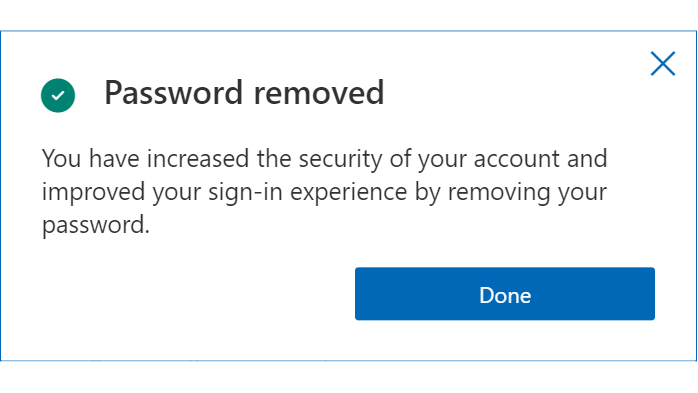

Microsoft users can now bid farewell to password logins in favour of using an authenticator app or facial recognition, according to a new announcement from the tech giant.
Corporate VP of Microsoft Security, Compliance and Identity, Vasu Jakkal, also stated on Wednesday that customers “can now completely remove the password from [the] Microsoft account”.
Instead, they can “use the Microsoft Authenticator app, Windows Hello, a security key, or a verification code” to log into their Outlook or OneDrive accounts, with Windows users still being able to use the four-key PIN login code. Users of older versions of some Microsoft products, such as Office 2010 or Windows 8.1, will have to upgrade in order to remove the password login.
This can be done by visiting your Microsoft account, signing in, and choosing Advanced Security Options, where the Passwordless Account option can be turned on.
The decision is the latest step by Microsoft to scrap passwords from the user authentication process, although the company has stopped short of forcing its users to abandon them.
Jakkal quoted his coworker and Microsoft CISO Bret Arsenault as saying: “hackers don’t break in, they log in.”
“That has stuck with me ever since I first heard him say it because it’s so true,” Jakkal stated in a company blog post. “Weak passwords are the entry point for the majority of attacks across enterprise and consumer accounts. There are a whopping 579 password attacks every second—that’s 18 billion every year.”
Sign up today and you will receive a free copy of our Future Focus 2025 report - the leading guidance on AI, cybersecurity and other IT challenges as per 700+ senior executives
The announcement comes six months after Microsoft launched passwordless accounts for business customers, yet the tech giant has been encouraging users to abandon passwords for a number of years now.
Two years ago, Alex Simons, corporate vice president for Microsoft's Identity division, told attendees of the 2019 Microsoft Ignite conference that it would take at least three years to shift all Microsoft users to passwordless login methods.
On Wednesday, Simons described Jakkal’s announcement as a “big step forward in our journey to a passwordless future”.
The news comes as former AWS SVP Charlie Bell joined Microsoft as a new Executive Vice President. Announcing the move on LinkedIn, Bell said that he would be “leading a newly formed engineering organisation: Security, Compliance, Identity, and Management”.
“I couldn’t be more excited to work with this talented team to make the world safer for every person and organisation on the planet,” he added.
Having only graduated from City University in 2019, Sabina has already demonstrated her abilities as a keen writer and effective journalist. Currently a content writer for Drapers, Sabina spent a number of years writing for ITPro, specialising in networking and telecommunications, as well as charting the efforts of technology companies to improve their inclusion and diversity strategies, a topic close to her heart.
Sabina has also held a number of editorial roles at Harper's Bazaar, Cube Collective, and HighClouds.
-
 Trump's AI executive order could leave US in a 'regulatory vacuum'
Trump's AI executive order could leave US in a 'regulatory vacuum'News Citing a "patchwork of 50 different regulatory regimes" and "ideological bias", President Trump wants rules to be set at a federal level
-
 TPUs: Google's home advantage
TPUs: Google's home advantageITPro Podcast How does TPU v7 stack up against Nvidia's latest chips – and can Google scale AI using only its own supply?
-
 ‘The worst thing an employee could do’: Workers are covering up cyber attacks for fear of reprisal – here’s why that’s a huge problem
‘The worst thing an employee could do’: Workers are covering up cyber attacks for fear of reprisal – here’s why that’s a huge problemNews More than one-third of office workers say they wouldn’t tell their cybersecurity team if they thought they had been the victim of a cyber attack.
-
 "Thinly spread": Questions raised over UK government’s latest cyber funding scheme
"Thinly spread": Questions raised over UK government’s latest cyber funding schemeThe funding will go towards bolstering cyber skills, though some industry experts have questioned the size of the price tag
-
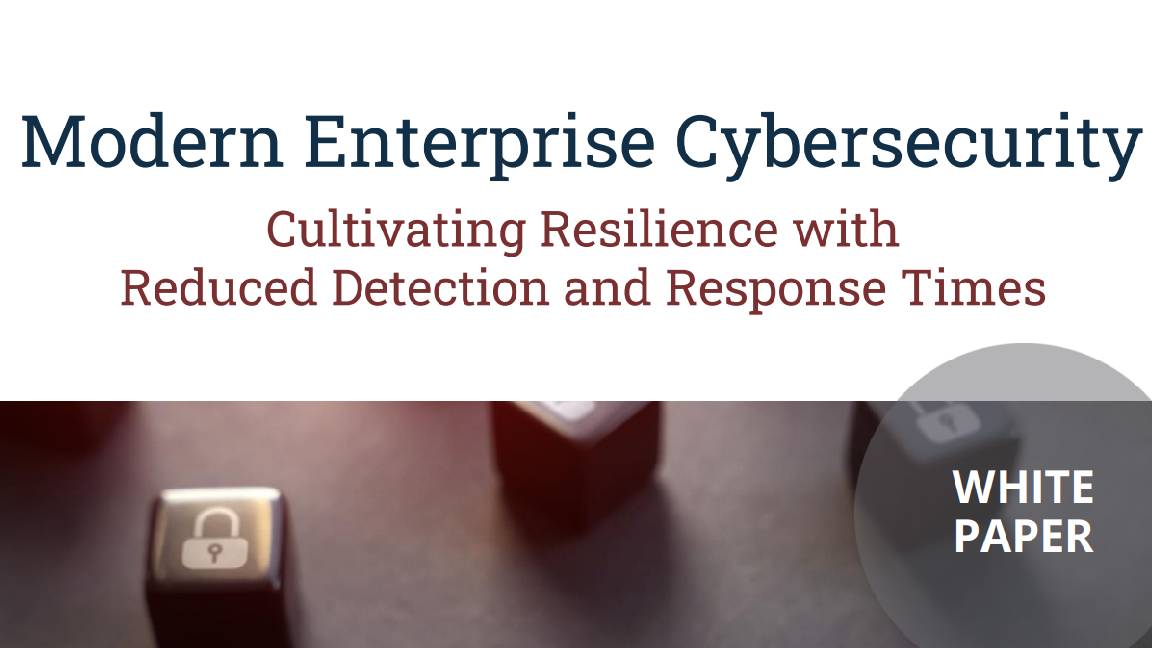 Modern enterprise cybersecurity
Modern enterprise cybersecuritywhitepaper Cultivating resilience with reduced detection and response times
-
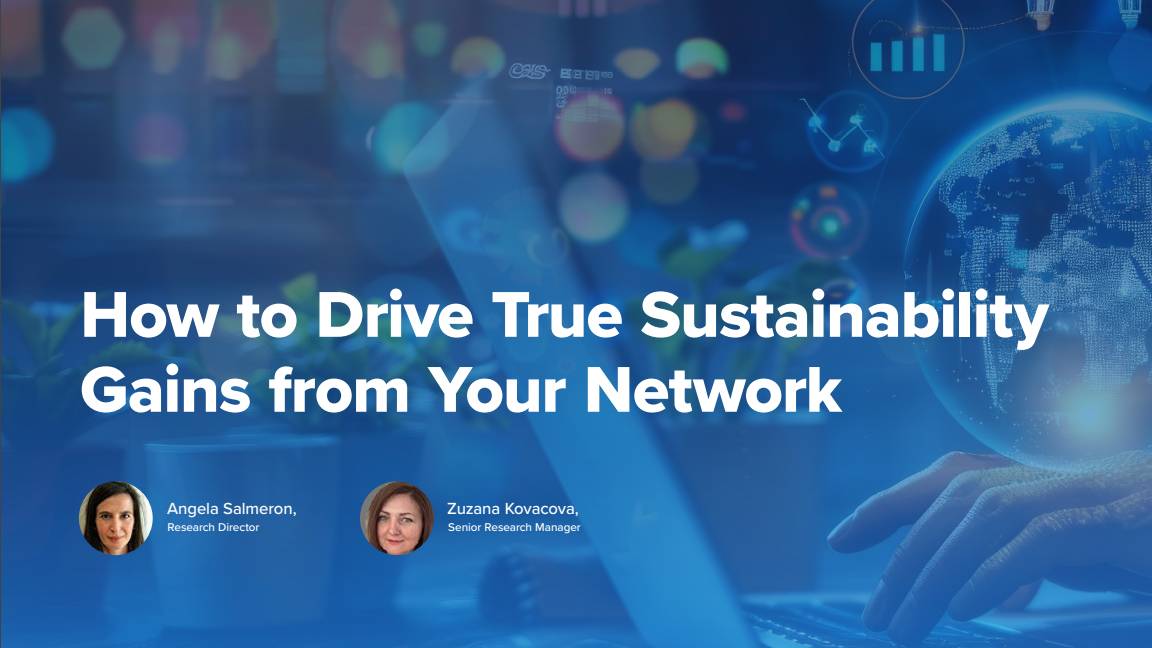 IDC InfoBrief: How CIOs can achieve the promised benefits of sustainability
IDC InfoBrief: How CIOs can achieve the promised benefits of sustainabilitywhitepaper CIOs are facing two conflicting strategic imperatives
-
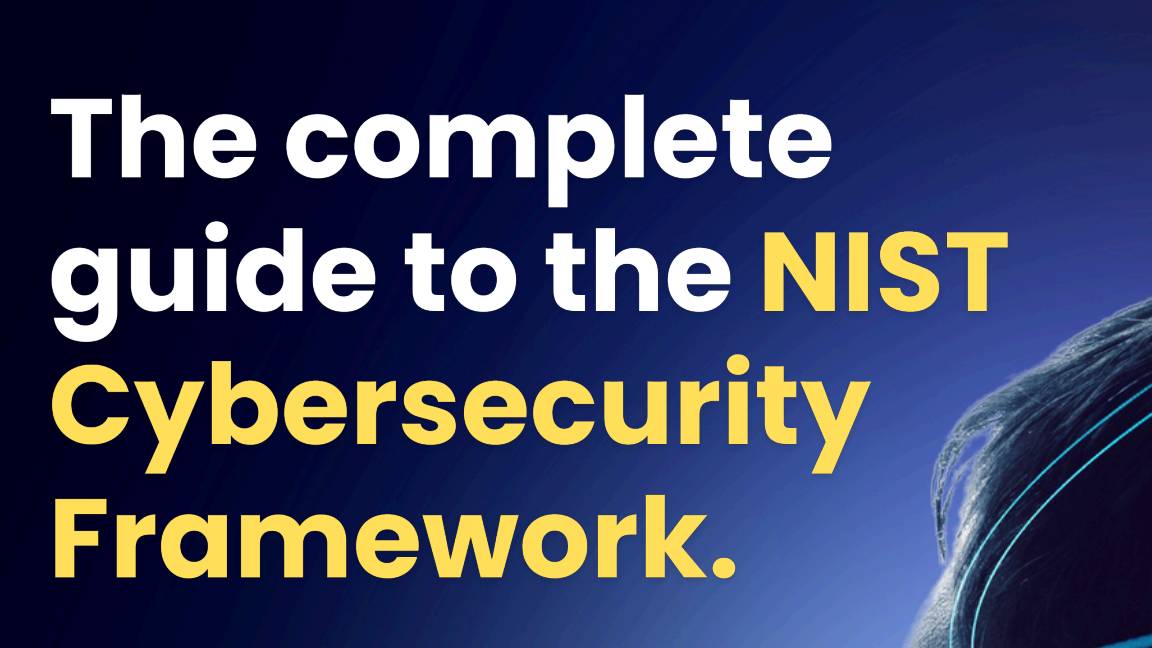 The complete guide to the NIST cybersecurity framework
The complete guide to the NIST cybersecurity frameworkWhitepaper Find out how the NIST Cybersecurity framework is evolving
-
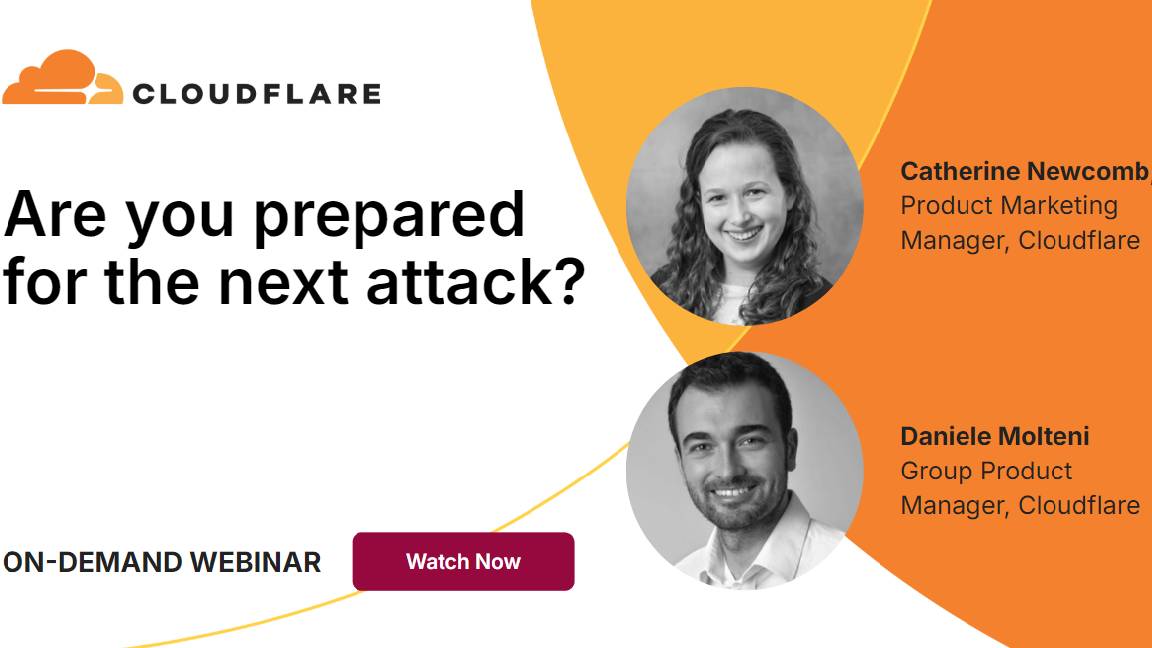 Are you prepared for the next attack? The state of application security in 2024
Are you prepared for the next attack? The state of application security in 2024Webinar Aligning to NIS2 cybersecurity risk-management obligations in the EU
-
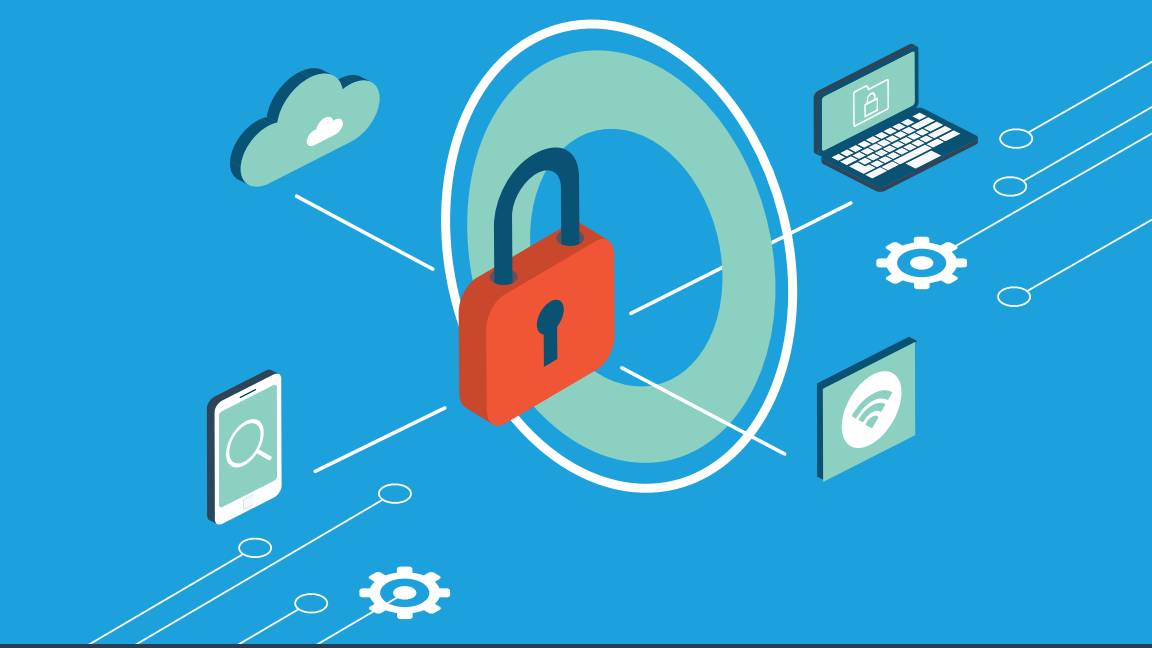 The economics of penetration testing for web application security
The economics of penetration testing for web application securitywhitepaper Get the most value from your security solution
-
 How to extend zero trust to your cloud workloads
How to extend zero trust to your cloud workloadsWhitepaper Implement zero trust-based security across your entire ecosystem
